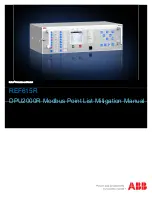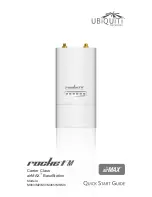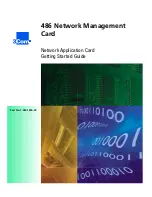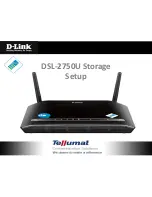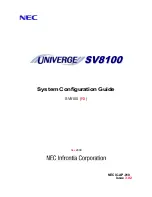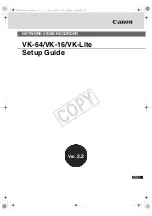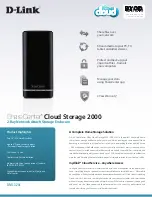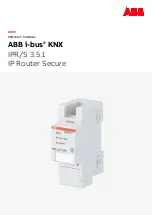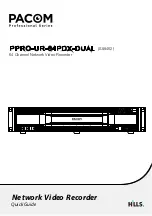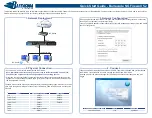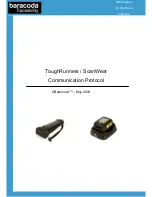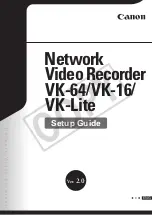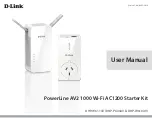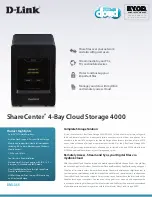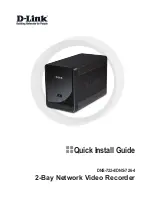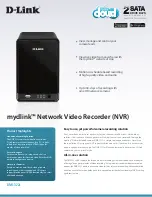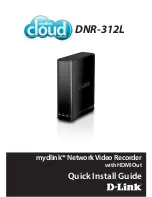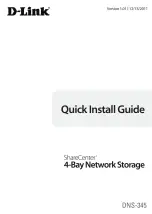
©
National Instruments Corporation
3
NI WSN-3226 User Guide and Specifications
Caution
If you need to clean a NI WSN product, wipe it with a dry towel. The product
must
be
completely dry and free from contaminants before you return it to service.
Caution
Operate the product indoors only at or below Pollution Degree 2. Pollution is foreign matter
in a solid, liquid, or gaseous state that can reduce dielectric strength or surface resistivity.
Caution
You
must
insulate signal connections for the maximum voltage for which the NI WSN
product is rated. Do
not
exceed the maximum ratings for the product. Do
not
install wiring while the
product is live with electrical signals. Do
not
remove or add connector blocks when power is
connected to the NI WSN system. Avoid contact between your body and the connector block signal
wiring when hot-swapping devices.
Caution
To comply with safety regulations, use only recommended batteries with this product.
Refer to the
section for the recommended battery types.
Safety Guidelines for Hazardous Locations
The NI WSN-3226 is suitable for use in Class I, Division 2, Groups A, B, C, D, T4 hazardous locations;
Class I, Zone 2, AEx nC IIC T4 and Ex nL IIC T4 hazardous locations; and nonhazardous locations
only. Follow these guidelines if you are installing the NI WSN-3226 in a potentially explosive
environment. Not following these guidelines may result in serious injury or death.
Caution
Observe the battery manufacturers’ operating temperature ratings listed in the
specification section.
Caution
Do not disconnect the power supply wires and connectors from the device unless power has
been switched off.
Caution
Do not install or remove the device unless power has been switched off.
Caution
Substitution of components may impair suitability for Class I, Division 2.
Caution
For Zone 2 applications, install the WSN system in an enclosure rated to at least IP 54 as
defined by IEC 60529 and EN 60529.
Special Conditions for Hazardous Locations Use in Europe
Caution
The NI WSN-3226 has been evaluated as Ex nA nL IIC T4 equipment under DEMKO
Certificate No. 07 nA nL 0626664X. Each device is marked II 3G and is suitable for use in Zone 2
hazardous locations, in ambient temperatures of –40 °C
≤
Ta
≤
70 °C.
Electromagnetic Compatibility Guidelines
This product was tested and complies with the regulatory requirements and limits for electromagnetic
compatibility (EMC) as stated in the product specifications. These requirements and limits are designed
to provide reasonable protection against harmful interference when the product is operated in its
intended operational electromagnetic environment.
This product is intended for use in industrial locations. There is no guarantee that harmful interference
will not occur in a particular installation, when the product is connected to a test object, or if the product
is used in residential areas. To minimize the potential for the product to cause interference to radio and
television reception or to experience unacceptable performance degradation, install and use this product
in strict accordance with the instructions in the product documentation.
Furthermore, any changes or modifications to the product not expressly approved by National
Instruments could void your authority to operate it under your local regulatory rules.



















